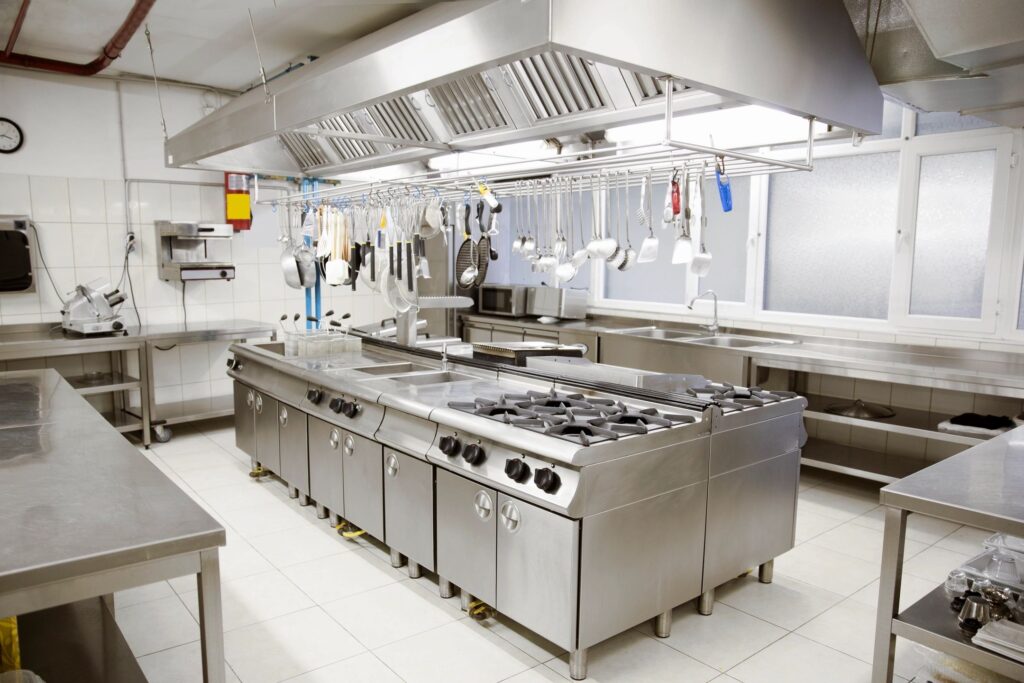Opening up a restaurant or revamping an existing one will take a lot of work. There are many things to consider, such as the size and shape of the dining room, kitchen and office areas. The theme and atmosphere, target market and menu also play an important role when deciding what to do. While it may be tempting to focus on the areas seen by the public, if the kitchen is neglected, then the quality of the food and productivity of staff members may suffer.

1. Consider Health Codes
Following all federal, state and local laws and regulations is incredibly important. Violating health codes can result in expensive fines or the temporary closure of the business. Make sure that all the sinks, drains and food preparation areas are placed in correct proximity to each other and that everything is clean and disinfected. Use materials in the kitchen that are easy to clean, and have a plan in place for contacting people about things like restaurant vent hood duct cleaning Manhattan NY. Do not forget to consider fire codes and other safety protocols to prevent any other violations from occurring.
2. Design the Ideal Layout
Depending on the building and the budget, knocking out walls may not be an option. If the size and shape of the kitchen are not able to be altered, then the layout should be carefully considered during the planning process to ensure maximum efficiency. Make sure there is enough space for everyone to work as efficiently as possible to get food out to customers quickly. There should be no tight spaces that may result in accidents or cause employees to slow down operations.
3. Purchase the Right Equipment
While most equipment is standard, the menu will often dictate whether any additional equipment is needed. Cutting corners to save money may sound like a good idea at first but purchasing low-quality equipment can result in premature breakdowns and high maintenance costs. Purchase refrigeration equipment that can comfortably store everything that will be needed during daily operations, and do not skimp on storage spaces for other items either. The ovens, stovetops and countertops should all be large enough to handle food preparation needs during peak hours.
Designing an effective commercial kitchen takes a lot of time and careful consideration. It is a good idea to consult with professional chefs and other people in the industry who can examine the plans and give constructive feedback to improve the design to optimize productivity.
This is a sponsored post from Valued Voice.

